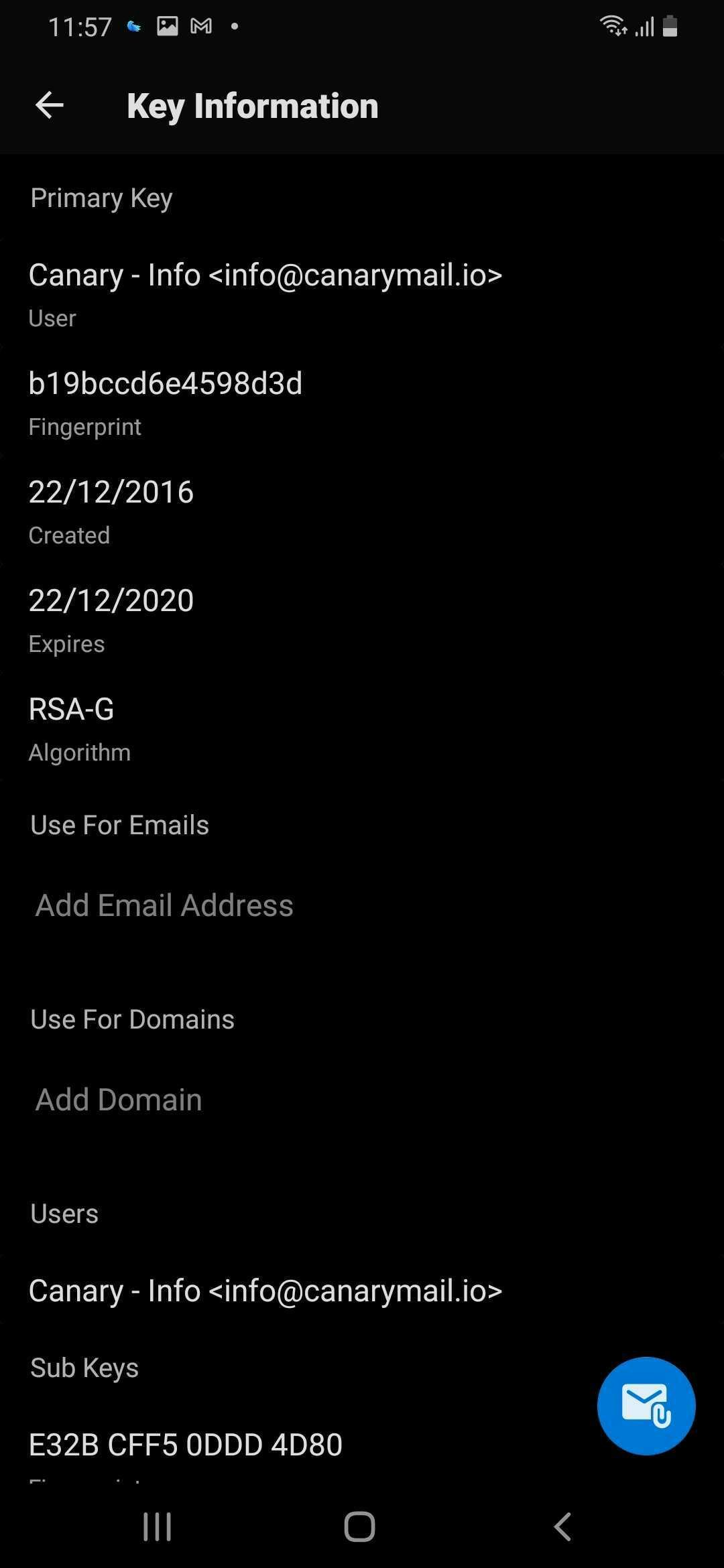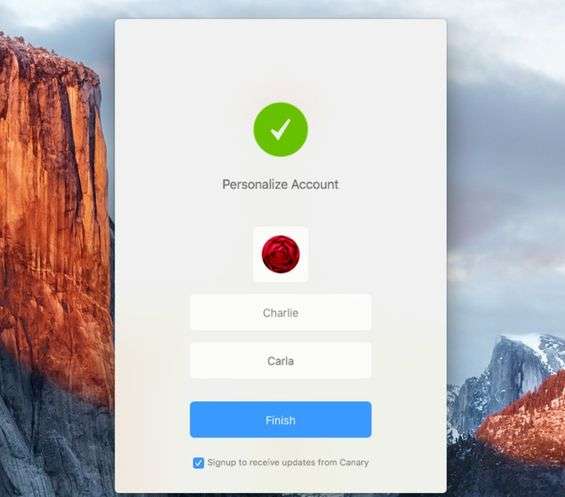

Once enabled for an organization, users can choose encryption on an email-by-email basis. Recipients do not have to be Microsoft 365 users to read encrypted emails that are sent to them. It encrypts not only the message text but also any email attachments. This includes an encryption option that users can apply in Outlook online or the desktop application.Įmail encryption in Microsoft 365 ensures that only the intended recipient can read the message. With the proper security add-on, you can use simple email encryption in Microsoft 365. There are several others, including mail app browser plugins and Linux. The company notes that this standard works with several popular mail programs, here are a few of those: This one does not look to be quite as fast and user-friendly as some of the others, but it is completely free. This non-proprietary format uses public-key cryptography to encrypt data. OpenPGP is an open-source standard for email encryption. The service notes that it is compliant with HIPAA, GLBA, SOX, and PCI-DSS. If you want more features and recipient limits, other plans are $48/year per user.
Add canary mail to share app menu free#
If you only need to encrypt your email every once in a while, then the free option should be fine. You sign up for an account and can choose from three options, one of which is free. The site is a service and Outlook add-on designed to encrypt your emails.

Add canary mail to share app menu password#
The system will delete passwords once the link expires, and you can also choose an option to allow immediate deletion of the shared password or text once the recipient has retrieved it. You can put two specific protections on the link:Īfter your designated expiration parameters, the message will no longer be viewable at the link. The service is free to use and includes a secret link that you can send to the recipient. has a Password Pusher that you can use to securely send passwords or text to another person. Here are several important ways to safeguard PII and other sensitive and confidential information when you are sending it to someone else. The average cost of a data breach is $4.24 million. With business email being the main way that offices communicate internally and externally, you can imagine the security threat that email and other unsecured forms of messaging can pose if they’re not properly encrypted or secured.ĭata security is important for compliance reasons as well as to avoid the devastating costs of a data breach. Nearly 13% of employees admit to emailing their passwords to themselves to store in an email folder. Many times, this is done via an unsecured email. This includes passwords, spreadsheets with customer personally identifiable information (PII), employee payroll details, confidential internal documents, and more.Ĥ1.7% of surveyed employees say they share work passwords with their colleagues. Yet even though there is no security on emails, unless specifically put there by a company or the user, lots of sensitive information is sent by email every day. By default, most email is sent in plain text, meaning that anyone that intercepts an email can easily read its contents.


 0 kommentar(er)
0 kommentar(er)
